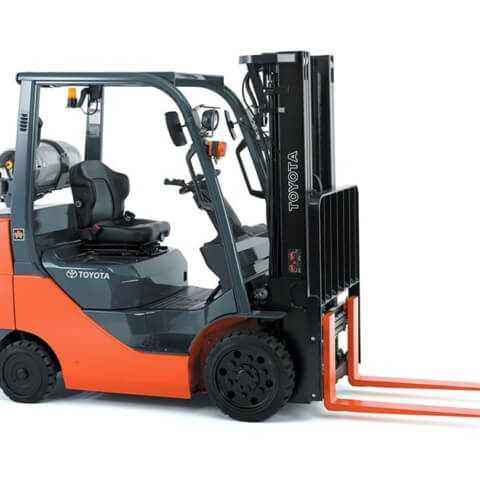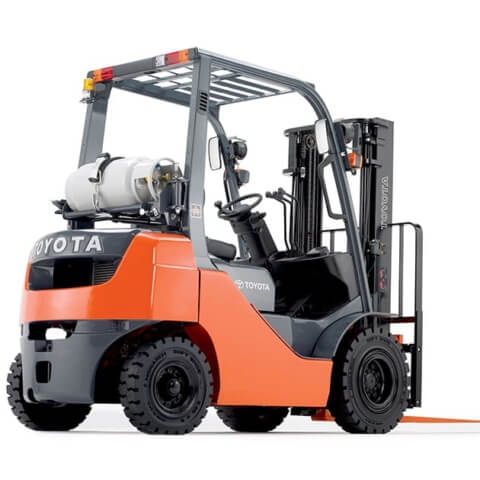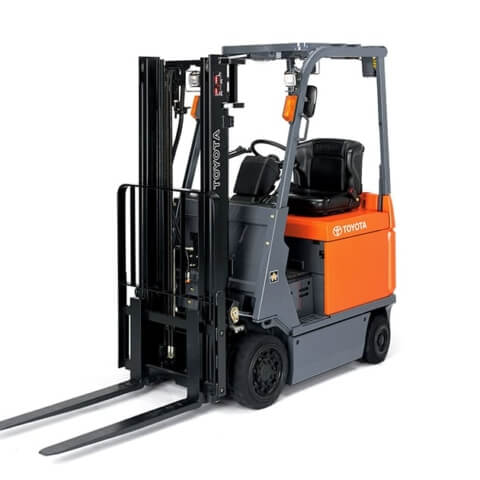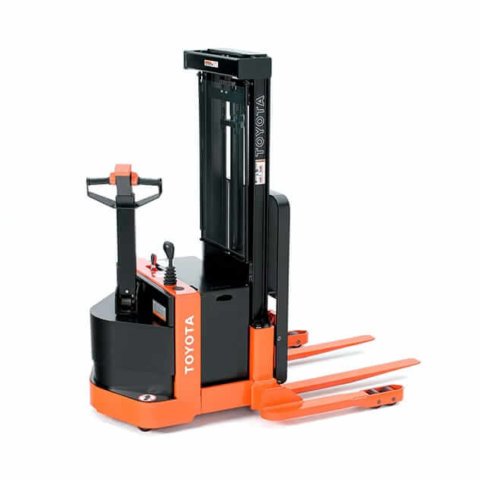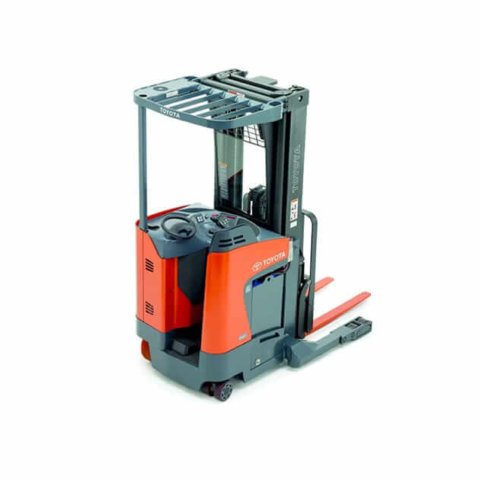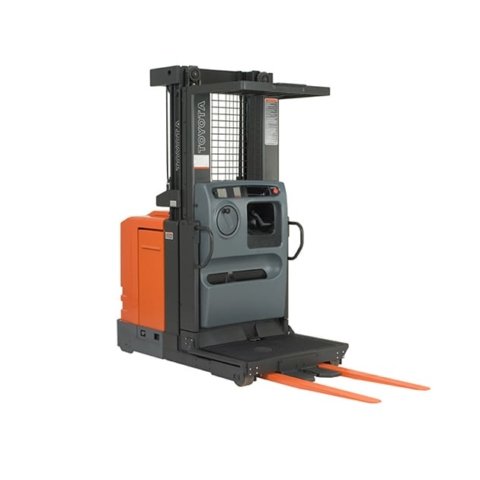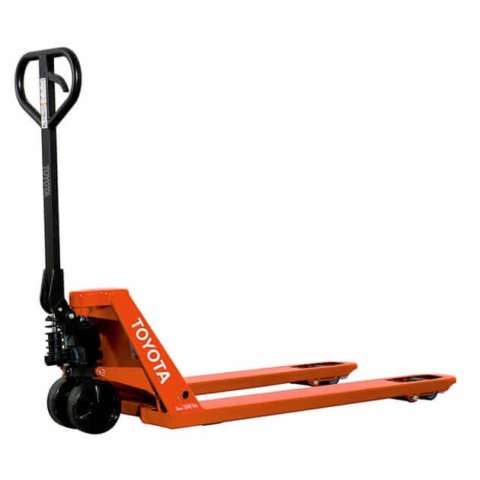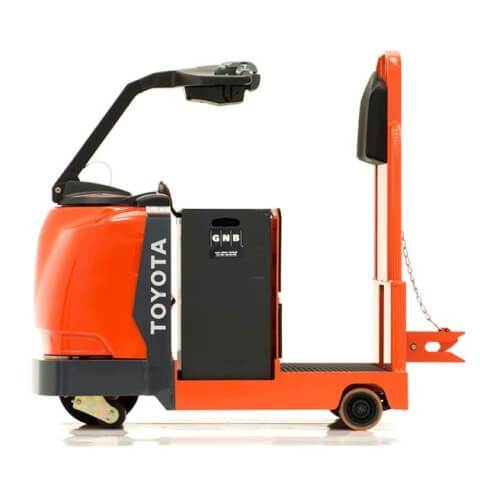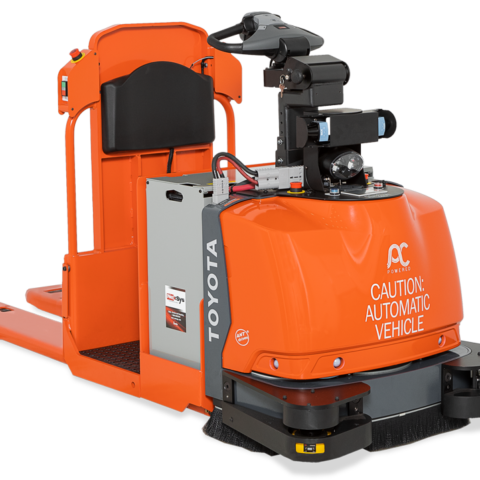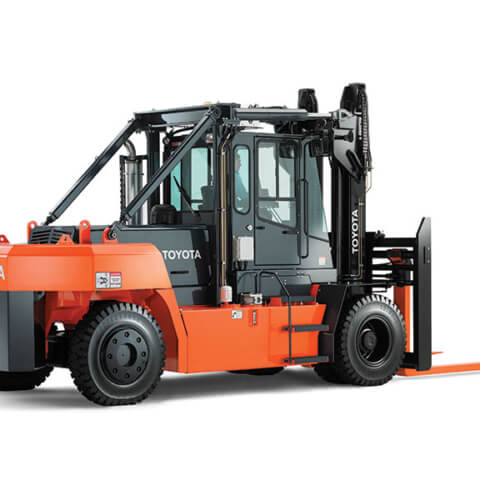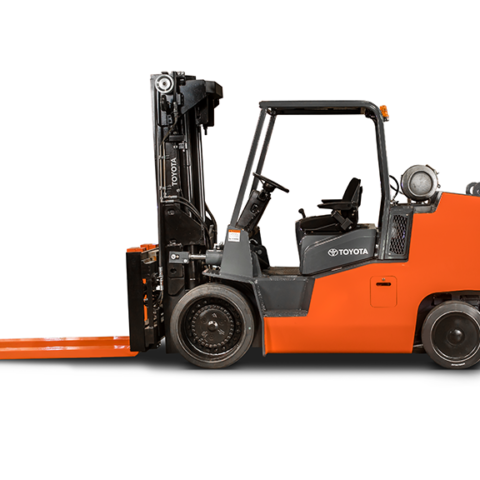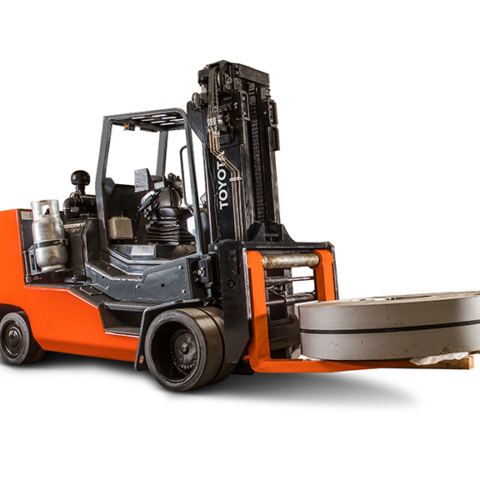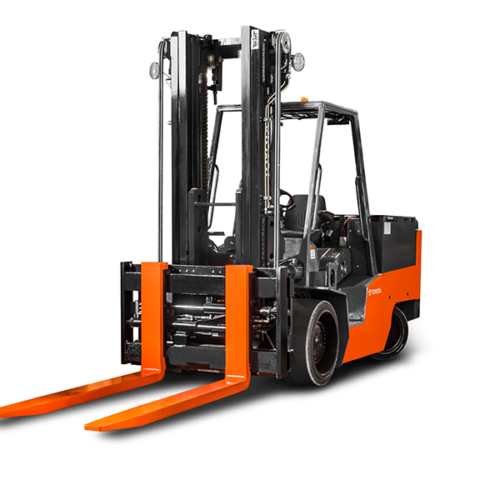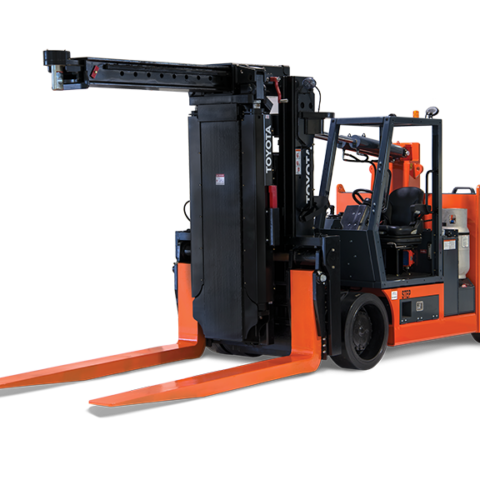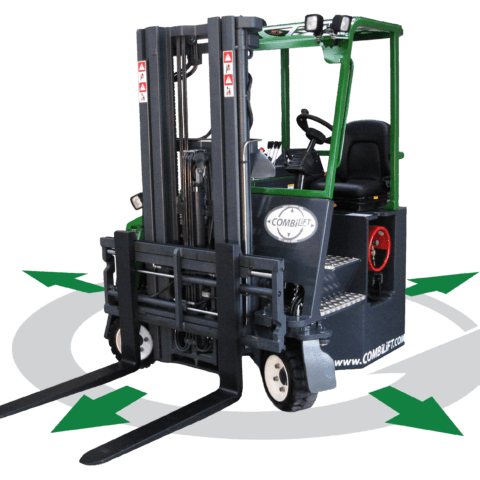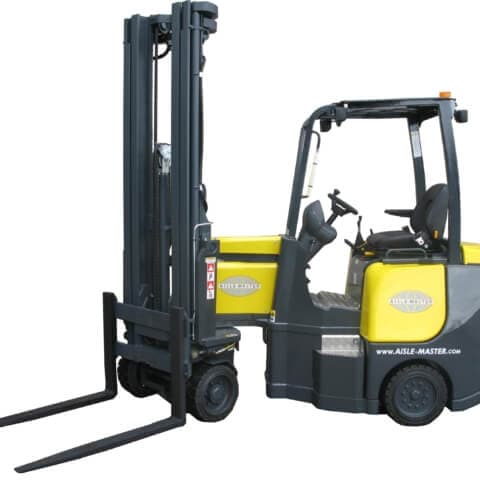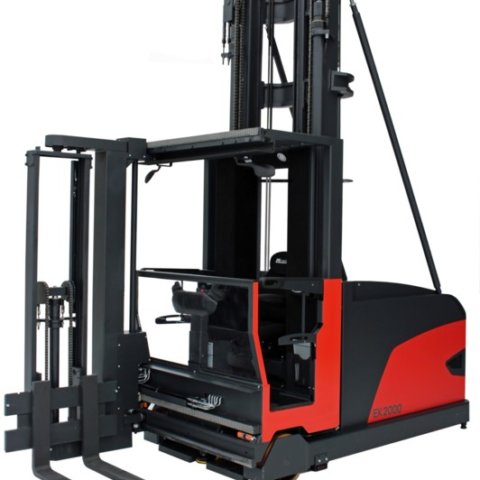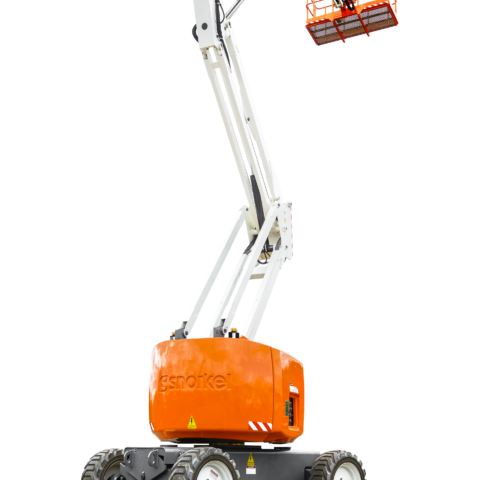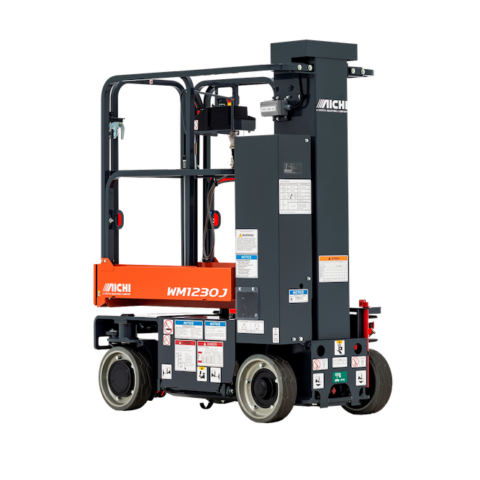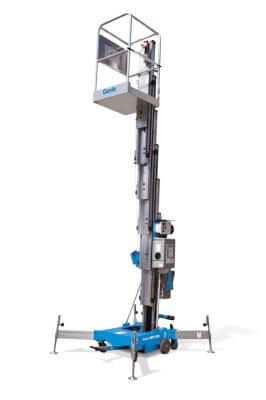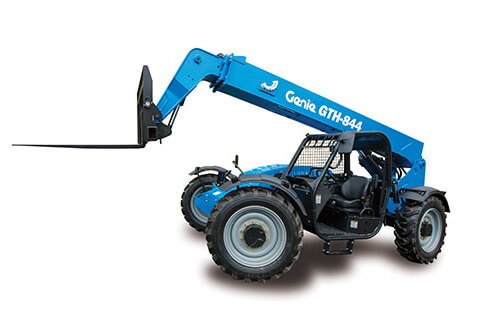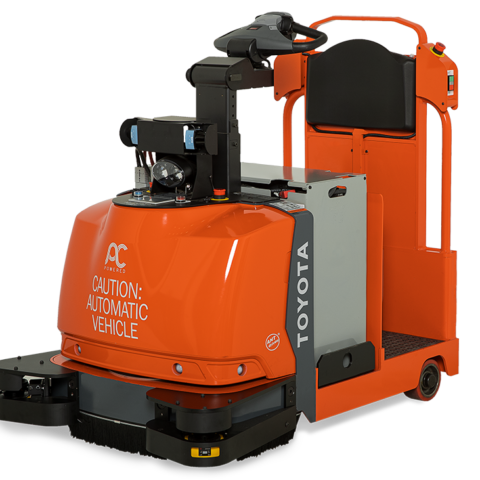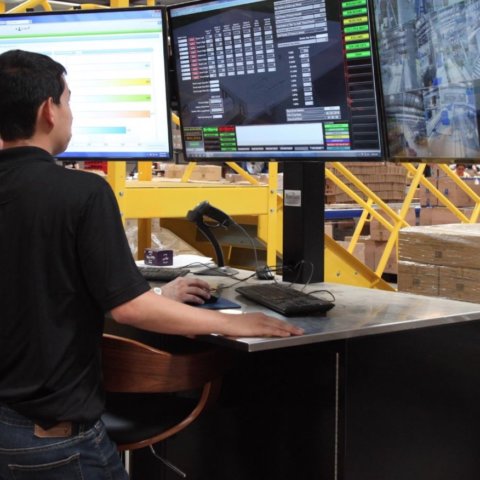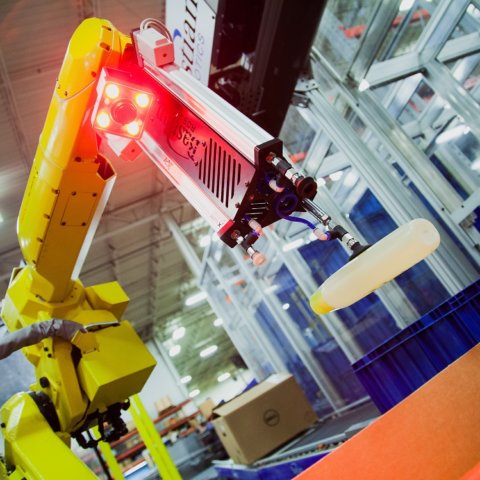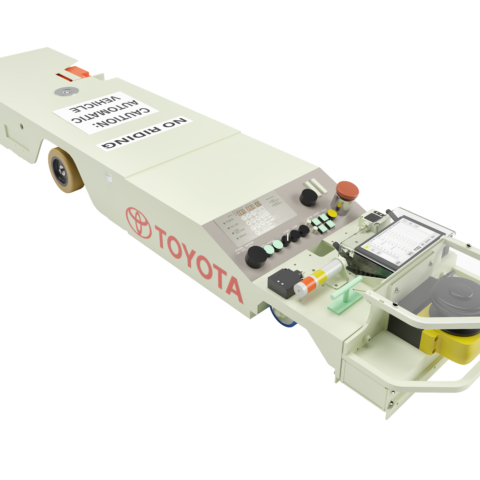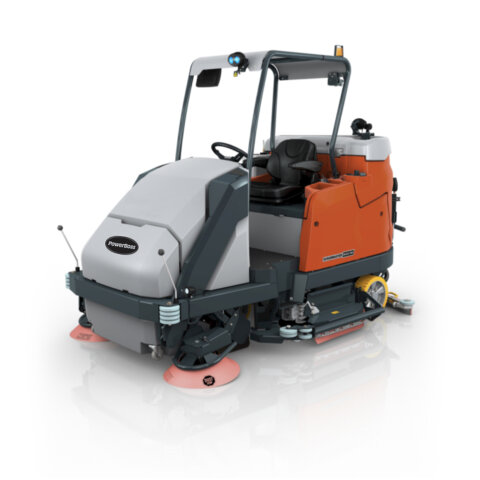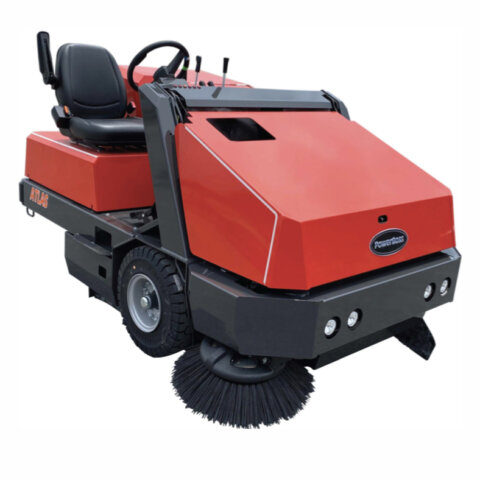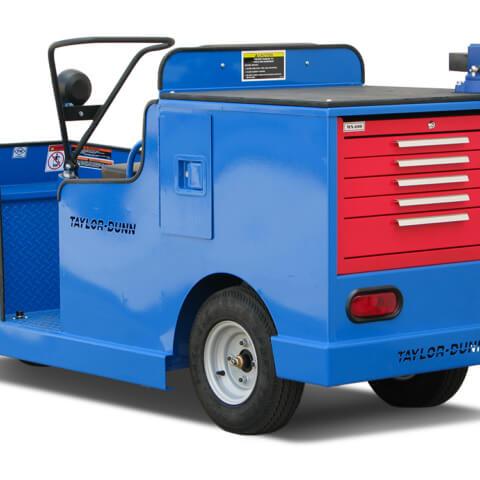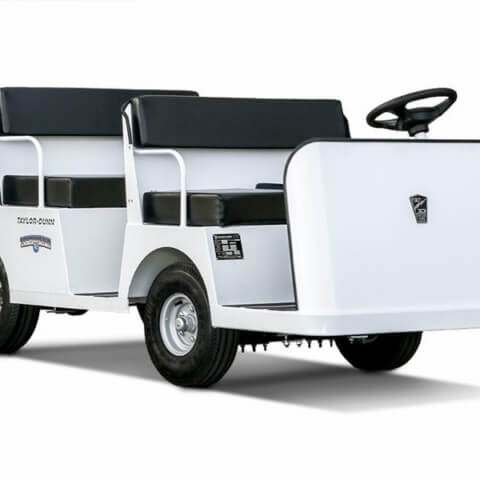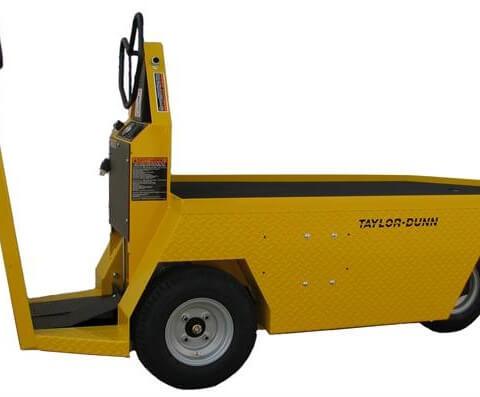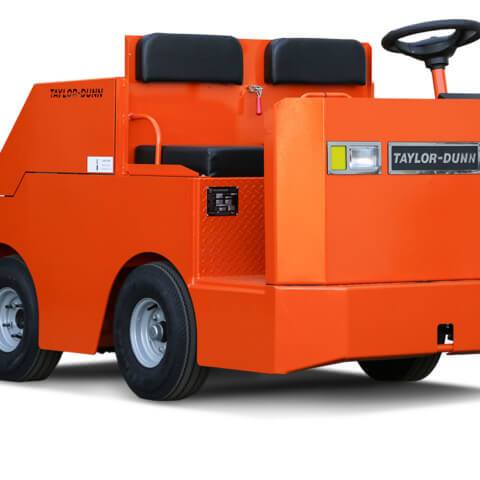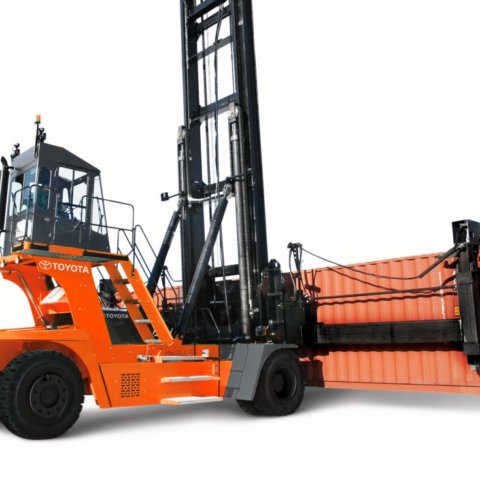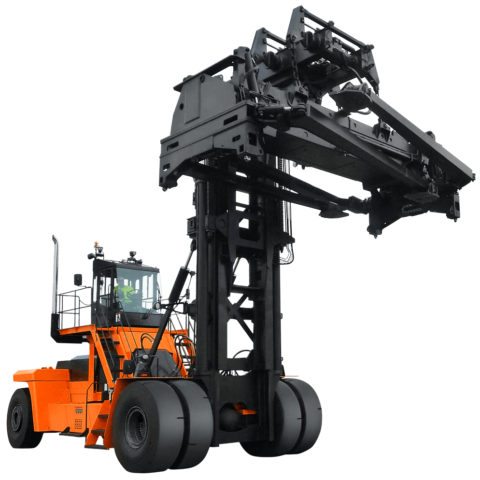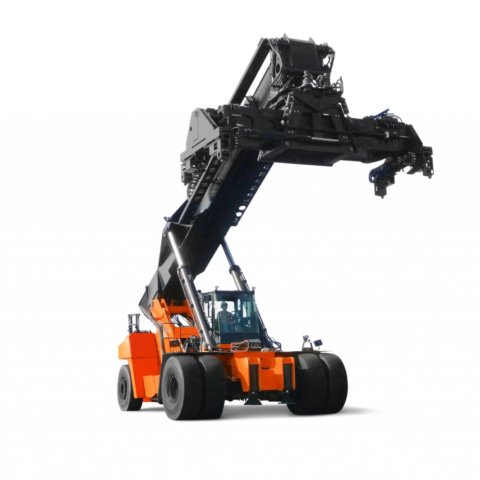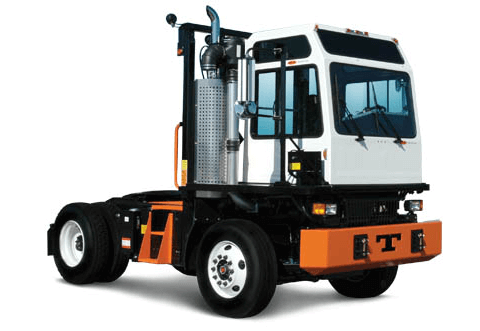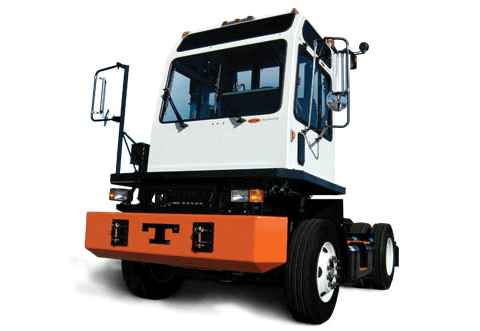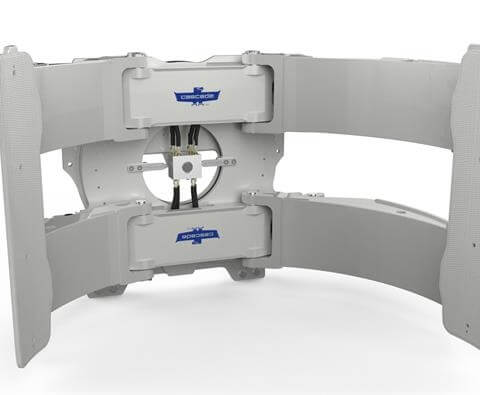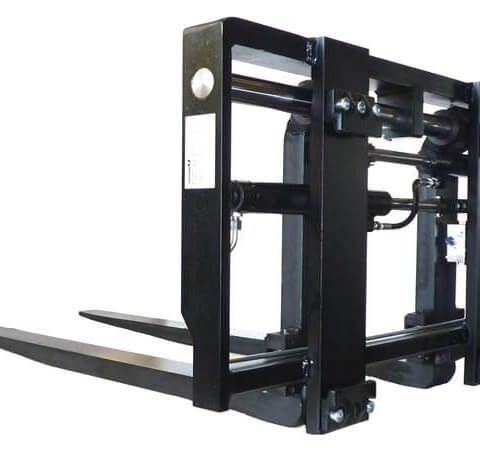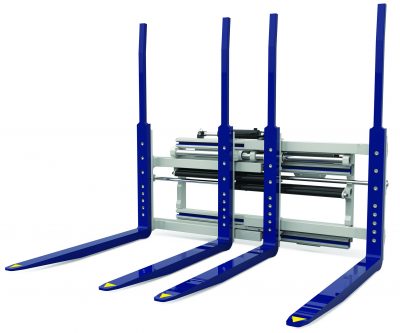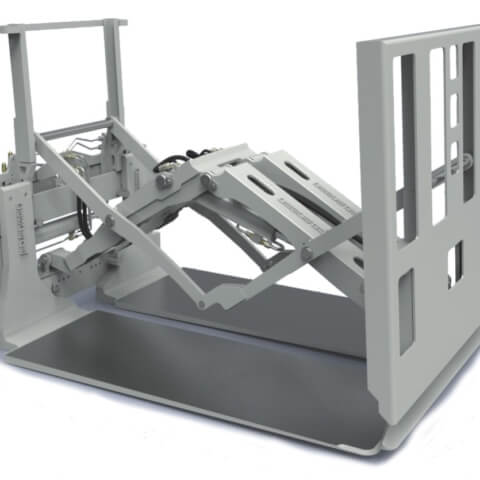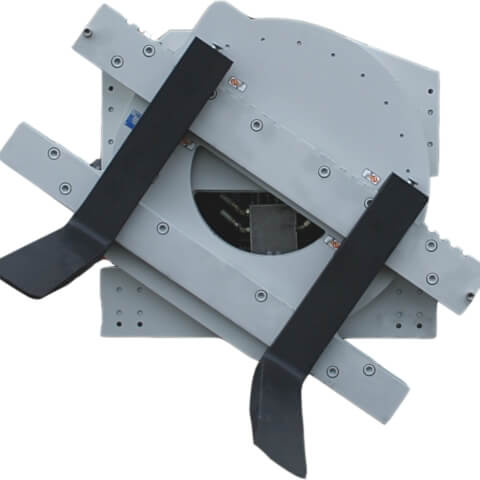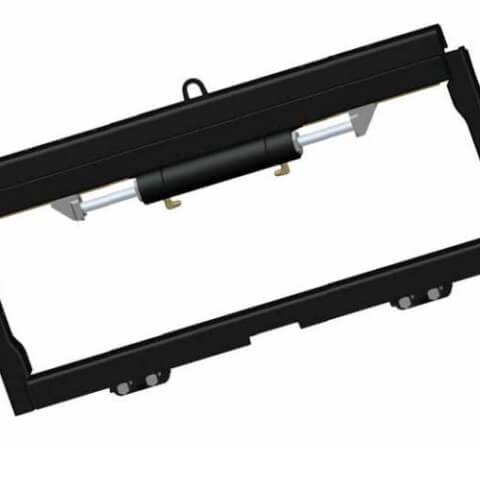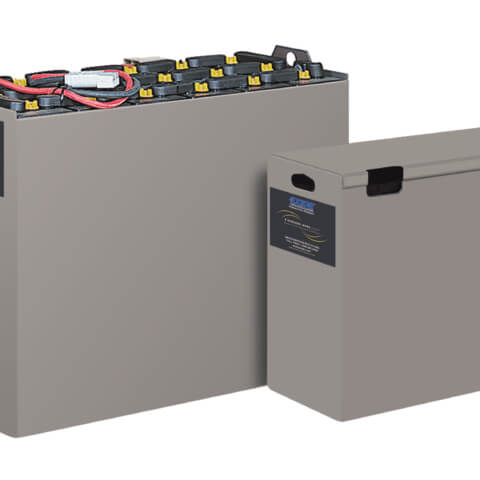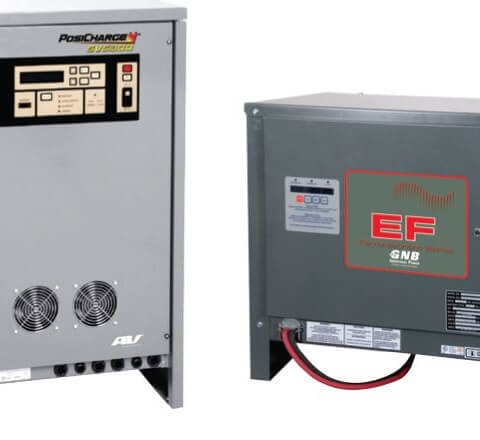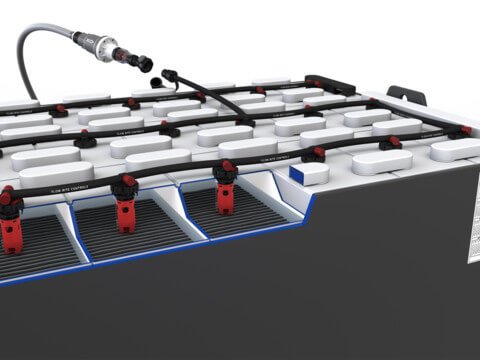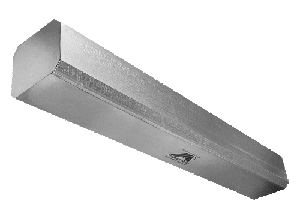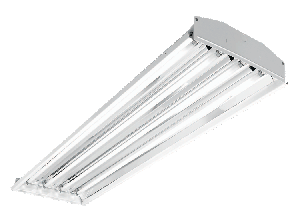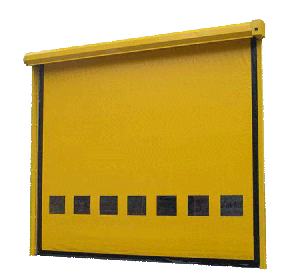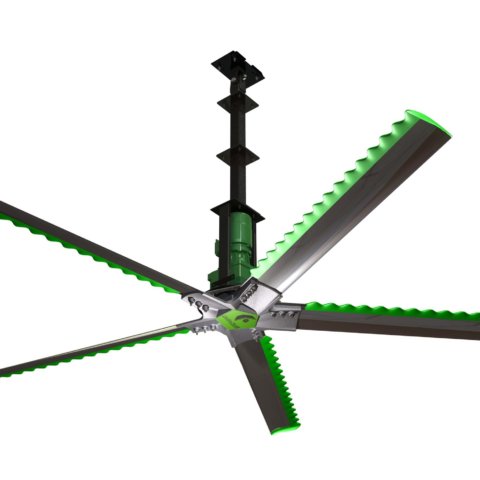
If your company uses aerial work platforms, you know it can be a challenge to enforce the proper safety practices. Couple this with a low level of understanding how to inspect the aerial lift personal protective equipment (PPE) and you now have the potential of safety violations or a serious accident at your facility.
Aerial Lift PPE Inspection
Training operators to inspect their PPE before every use may prevent a fatal accident. Review of the PPE should include an inspection of the belt and body harness as well as the lanyard.
If you find any of these conditions during the aerial lift PPE inspection, do not use the equipment:
Belts & Body Harnesses
- Thoroughly inspect all nylon webbing on belt/body harnesses for frayed edges, broken fibers, burn marks, deterioration or other visible signs of damage.
- Ensure buckles and “D” rings are not distorted or damaged. Look closely at all components for stress cracks, deformity, gouging, corrosion and sharp edges. Inspect connection points where the buckle or “D” ring is attached to the belt or body harness. Check that no stitching is pulled and the buckle or “D” ring is securely attached.
- Inspect all rivets and grommets to be certain they are not deformed, are securely fastened to the belt or body harness and cannot be pulled loose.
Lanyards
- Check the entire length of the lanyard. Look for cuts, fraying, deterioration, knots, kinks, burns or visible signs of damage. Ensure the lanyard is somewhat “soft” and not stiff from dirt or contaminants.
- Snap hooks and eyes should not be distorted or bent. Inspect them for cracks, sharp edges, gouges or corrosion. Be certain the locking mechanism is operating properly and there is no binding of the mechanism.
- If using a shock absorber type of lanyard, it should not be too long when extended to allow an operator to travel outside the confines of the handrails. Look for the warning tag which indicates the lanyard has been exposed to a fall.
To learn more about aerial lift personal protective equipment, view these additional resources:
- Statement of Best Practices of Personal Fall Protection Systems for Aerial Work Platform Equipment
- OSHA Regulations
1926.451
1926.452
1926.453 - ANSI
Need aerial lift safety training? ProLift can help! Contact a safety specialist to schedule training at your facility.
Contact Safety Specialist
